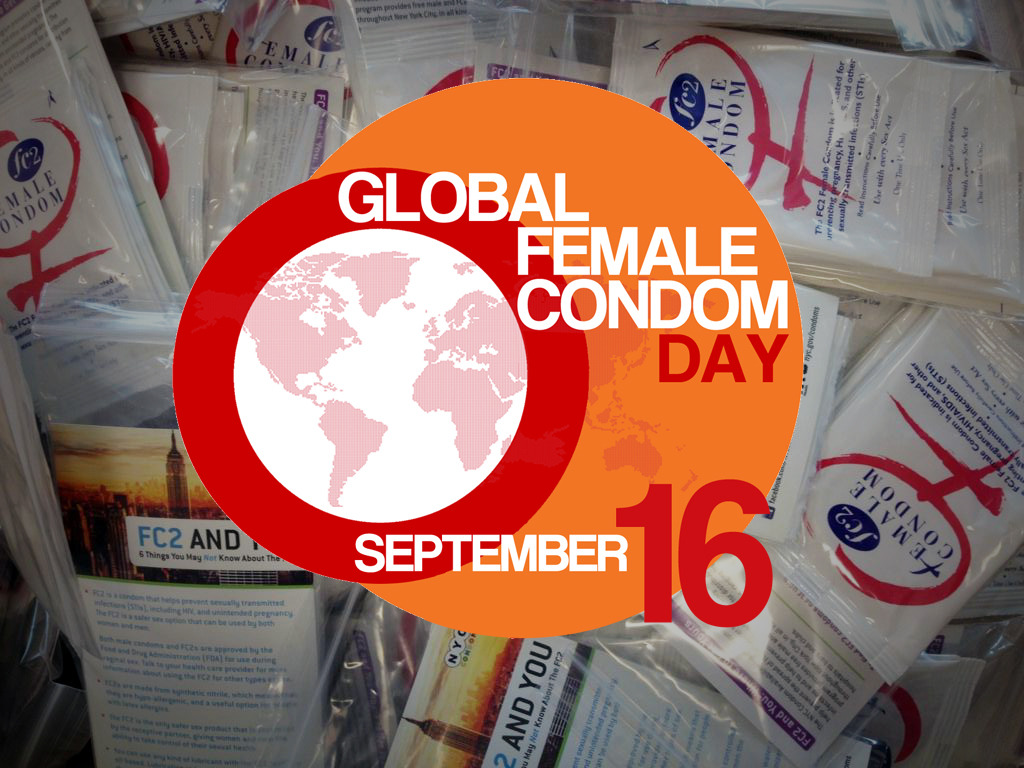
Bright Futures outlines how pediatricians and other health care providers can support parents in promoting healthy sexual development and sexuality, including the use of condoms to protect against STIs including HIV. 17 Factors That Influence Condom UseĪdults, especially parents, play an important role in promoting the sexual health of adolescents. As a possible explanation of these findings, condoms may have been used inconsistently or incorrectly, or youth might have provided socially desirable answers.

In these young women, 34% had a positive biologic marker for unprotected vaginal sex in the past 14 days (a Y-chromosome polymerase chain reaction assay). For example, in a clinic-based sample of African American females 15 to 21 years of age in Atlanta, Georgia, 186 young women reported 100% condom use via an audio computer-assisted self-interviewing technique.

16 Rates of actual condom use in both surveys may also be lower than thought because of the uncertain/questionable validity of self-report of this and other sexual behaviors that are prone to bias. 3 In the National Survey of Family Growth, condom use at last intercourse increased among females from 31% in 1988 to 52% in 2006–2010 and males from 53% to 75%. 3 The prevalence of condom use was higher among male (68.6%) than female (53.9%) students and higher among white (63.3%) and African American (62.4%) than Hispanic students (54.9%). In the YRBS, condom use increased from 46.2% in 1991 to 60.2% in 2011.

3 An increased proportion of sexually active adolescents report using a condom at last intercourse, according to 2 CDC surveys. The condom remains the most popularly used contraceptive method among teenagers. 14 In a prospective cohort study of the reproductive health of sexually active adolescent girls perinatally infected with HIV, the cumulative incidence of pregnancy at 19 years of age was 24%, and incidence of STIs was 26%, stressing the need for comprehensive HIV/STI-prevention strategies. These youth are generally receiving highly active antiretroviral therapy, and concern exists for extensive drug-resistant strains. 13 In addition to patients with behaviorally acquired HIV infections, an estimated 9038 people with perinatally acquired HIV are now in adolescence and young adulthood. 11, 12 Anonymous HIV screening in locations where youth 12 to 24 years of age congregate in communities surrounding the Adolescent Trials Network for HIV/AIDS interventions found a prevalence of HIV of 15.3% in 611 MSM tested, 60% of whom did not know they were infected. Among females, 56% acquired infection by heterosexual transmission, and 34% were perinatally acquired. Among adolescent/young adult males living with and diagnosed with HIV, 77% acquired infection from MSM, 4% from heterosexual transmission, and 13% were perinatally acquired. Continued research is needed to inform public health interventions for adolescents that increase the consistent and correct use of condoms and promote dual protection of condoms for STI prevention with other effective methods of contraception.Īn estimated 10 065 young people aged 13 to 24 years received a diagnosis of HIV infection in 2011, accounting for 20% of all new infections in the United States. Interventions that increase availability or accessibility to condoms are most efficacious when combined with additional individual, small-group, or community-level activities that include messages about safer sex. Rates of acquisition of STIs/HIV among adolescents remain unacceptably high. Since the last policy statement published 12 years ago, there is an increased evidence base supporting the protection provided by condoms against STIs. When used consistently and correctly, male latex condoms reduce the risk of pregnancy and many STIs, including HIV.

This policy statement has been developed to assist the pediatrician in understanding and supporting the use of condoms by their patients to prevent unintended pregnancies and STIs and address barriers to their use. Despite these positive trends, many adolescents remain at risk for unintended pregnancy and sexually transmitted infections (STIs). Rates of sexual activity, pregnancies, and births among adolescents have continued to decline during the past decade to historic lows.


 0 kommentar(er)
0 kommentar(er)
